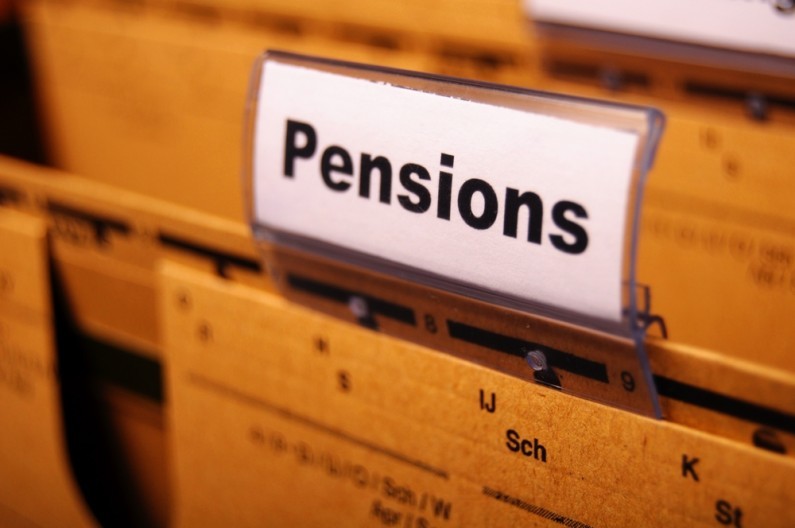Pension Planning
As we approach the end of the 2016/17 tax year, there are real opportunities to add value to your overall tax planning process. In the lead up to the 5 April 2017, the payment of contributions to a registered pension scheme can bring many tax advantages, as the following opportunities demonstrate:
Earlier years unused Annual Allowances
If an individual hasn’t used their full Annual Allowance in any of the last three tax years, carry forward allows them to make up for that and contribute a higher pension contribution. However, there are some restrictions. To qualify for carry forward, you must also:
– Have had a pension in each of the years from which you are carrying forward, even if you haven’t contributed to it (the State Pension doesn’t count);
– Have earnings of at least the amount you are contributing. For instance, to make a contribution of £130,000 and receive up to £58,500 tax relief you must have earnings of at least £130,000 this tax year. For employees, there is no restriction on the amount your employer can contribute on your behalf.
Higher rate tax
The tax-free personal allowance for 2016/17 is £11,000 with basic rate tax at 20% applying to the next £32,000 of taxable income. Tax at 40% is due on income above £43,000. If an individual has a total income of say £47,000, he/she will pay tax at 40% on £4,000. Alternatively, the payment of a personal contribution to a registered pension scheme of £3,200 net (to a scheme operating tax relief at source) means that such an individual could avoid paying any higher rate tax.
Child benefit
Individuals with taxable income in the region of £50,000 to £60,000 (or more) with children qualifying for the payment of child benefit may be interested in making personal contributions to a registered pension scheme. This could reduce their ‘adjusted net income’ to retain part, or all, of their entitlements to tax free child benefit and could save tax at a very high marginal tax rate.
Loss of the tax-free personal allowance
Individuals with taxable income in excess of £100,000 will see their tax-free personal allowance withdrawn by £1 for every £2 of ‘adjusted net income’ above £100,000. It will be lost completely if income reaches £122,000. Making a pension contribution to reduce ‘adjusted net income’ in this band will not only reduce tax at the 40% rate but will also reinstate part of the personal allowance, giving an effective rate of tax relief on the contribution at 60%.
Additional rate tax
Individuals with taxable income of £150,000 or more will pay tax at 45% in the 2016/17 tax year. The payment of a personal contribution to a registered pension scheme within the Annual Allowance (or their specific Tapered Annual Allowance where this applies), plus the carry forward of any unused allowance from the previous 3 years, will increase the income threshold beyond which the 45% tax rate applies.
It is essential that you take advice before making substantial pension contributions, so if you have any queries please contact Stephen Allender at our Sheffield office.
Craig Walker is a senior tax manager at the firm. He advises on all matters tax related, both corporate and personal, including income, capital gains and inheritance. For more details and advice, please contact Craig on cw@hawsons.co.uk or 0114 266 7141.


